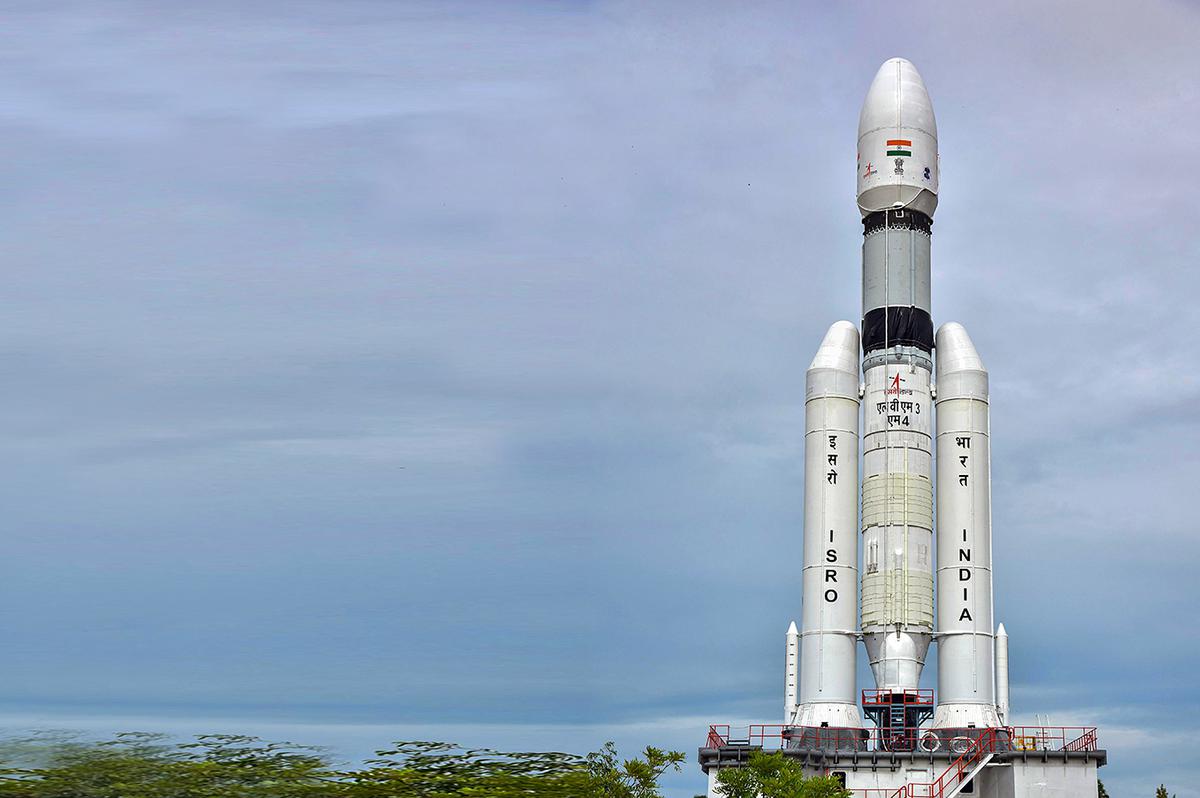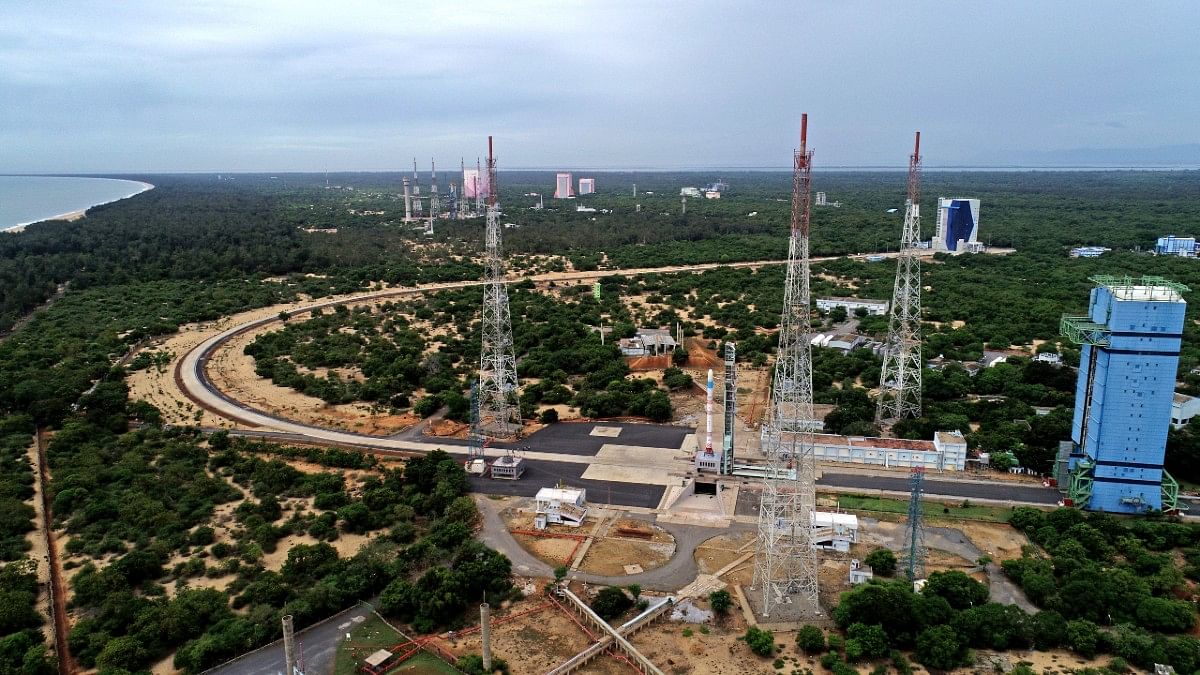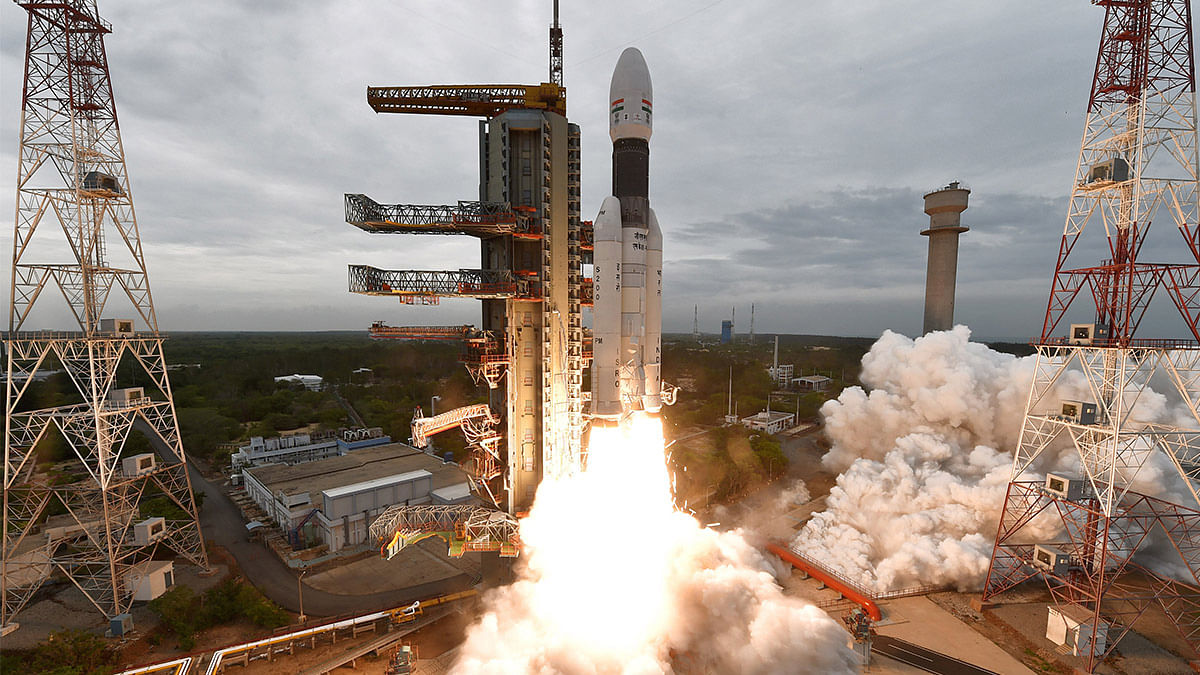ISRO’s Juggernaut Has Space for Big and Small: A Look at India’s Evolving Space Sector 2023

ISRO’s Juggernaut Has Space for Big and Small: A Look at India’s Evolving Space Sector 2023
The successful landing of the Chandrayaan-3 lander and rover on the moon and the announcement on Thursday by S Somanath, head of the Indian Space Research Organisation (Isro), that the first solar mission, “Aditya,” is prepared for launch next month have created significant opportunities for vendors and the supporting sector.
A number of firms that offer space-tech aggregator services are likewise optimistic since they have many prospects ahead of them.
Some of the areas where multiple entrepreneurs are operating and envision a significant possibility in the future include cameras, remote sensing devices, and aggregating satellite services.

The order book would remain full for larger companies that served as Isro’s vendors on the Chandrayaan mission, including Larsen & Toubro, Tata Consulting Engineers, Bhel, MTAR Technologies, Godrej Aerospace, and Walchandnagar Industries, in the days to come.
When Amit Sharma, MD and CEO of Tata Consulting Engineers, told FE that “TCE expects to be a crucial player in the future space projects,” it adequately demonstrated this. We have the necessary skill and personnel to create the necessary components.
P Srinivas Reddy, managing director of MTAR Technologies, who provided Isro with the liquid propulsion engines, safety couplers, valves, and pneumatic modules for the Chandrayaan-3, had a similar perspective.
“We’ve collaborated with Isro on all of our projects. In 1989, we gave them their very first engine. Our engines are employed in every project that Isro works on. It is an ongoing process, according to Reddy. He also said that it will take the corporation 3–4 years to finish designing and building a launch vehicle with the assistance of Isro.
We have always taken great delight in providing to Isro. We are eager to contribute to the material needs of prospective space initiatives like the crewed spacecraft Gaganyaan and Aditya-L1, the first Indian mission to study the Sun, said Abhyuday Jindal, managing director of Jindal Stainless.

The business is trying to address the material needs of the next missile projects and provided a specific, high-strength alloy steel grade that was utilised in the motor casing of Chandrayaan-3.
Opportunities exist for entrepreneurs working in this field in the form of nanosatellites and low-cost space launch vehicles.
In India, there are over 150 aerospace startups. In addition to offering new services like the notion of a “space rickshaw,” which offers space as a service, we are also considering the expansion of auxiliary companies, according to Srimathy Kesan, founder of SpaceKidz, an Indian aerospace company that specialises in the design, manufacture, and launch of tiny satellites.
The huge prospects that lay ahead were also highlighted by Skyroot, an aerospace business that launched Vikram-S, a privately manufactured space rocket, last November. Co-founder of Skyroot Aerospace Pawan Kumar Chandana remarked, “It’s a wonderful opportunity for OEM players like us. Our primary goal will be to introduce affordable launch vehicles to India.
Mukesh Bansal and GIC, the sovereign wealth fund of Singapore, are among the investors in the firm.

The space firm Pixxel, located in Bengaluru, said that the groundwork has been done for future expansion. Awais Ahmed, CEO of Pixxel, said: “Even though it’s a high-risk industry, we still see chances to expand up.
The business creates miniature satellites, and has just received funding from the government to build a 150 kilogramme spacecraft.
India is yet to engage in some of the many activities that make up the space ecosystem, according to a new research by the international management consulting company Arthur D Little. These untapped possibilities may be used to develop a $100 billion business in India by 2040, capturing around 10% of the worldwide market. But to do this, the government may need to move quickly and with great commitment to address every issue that stakeholders are now facing, according to the research.
India’s space program, led by the Indian Space Research Organisation (ISRO), has witnessed a significant transition from a fledgling organization with limited resources in the 1960s to a modern space giant capable of executing intricate missions.
Notably, ISRO has managed to maintain an impressive trajectory of successful launches, while actively nurturing the participation of both big and small entities.
Whether you are a multinational corporation, a small-scale startup, or even an individual researcher, ISRO has space for you—literally and figuratively.

ISRO has undertaken several landmark missions that have catapulted it into the league of major space powers. From the Moon (Chandrayaan-1 and Chandrayaan-2) to Mars (Mangalyaan), and the planned mission to study the Sun (Aditya-L1), ISRO has displayed technical prowess coupled with frugal innovation.
These projects are not just monumental achievements for ISRO; they also offer significant opportunities for larger industries to collaborate.
ISRO’s big-ticket missions often require advanced components, sophisticated technologies, and large-scale manufacturing capabilities. Big players like L&T, HAL, and Godrej Aerospace have found their roles in delivering critical components for various ISRO missions.
For instance, Godrej Aerospace contributed to the GSLV MK III, ISRO’s heaviest rocket, which was used in the Chandrayaan-2 mission. The conglomerate supplied components like liquid propulsion engines and thrusters.
On the international stage, ISRO has collaborated with NASA, Roscosmos, CNES, and ESA on various fronts. These collaborations allow for the sharing of resources, technologies, and scientific data, making these missions not just big in terms of budget but also in terms of intellectual and international engagement.
ISRO’s embrace of small-scale players is perhaps its most commendable strategy in democratizing space. The organization has been taking actionable steps to involve small and medium-sized enterprises (SMEs) and startups in its operations.

Antrix Corporation, the commercial arm of ISRO, plays a crucial role in opening up avenues for smaller players. It provides transponder leasing services for satellite communication, selling remote sensing data, and contracting launch agreements for satellites. Through Antrix, even a small startup with a feasible space technology solution can hope to see its hardware orbiting Earth.
ISRO has also partnered with technology incubators and accelerators to identify promising startups and SMEs that could contribute to their projects. ISRO’s ‘Space Technology Incubation Centers’ scattered across the country aim to encourage startups to develop prototypes and products that could be useful for space missions.
Recognizing the growing demand for small satellite launches, ISRO is developing Small Satellite Launch Vehicles (SSLVs), a cost-effective solution for launching small satellites. This opens the door for smaller companies and research institutions to have their payloads in orbit without the need for piggybacking on larger missions or relying on foreign launch services.
ISRO has also focused on nurturing talent through educational outreach programs, workshops, and training sessions. The ‘Young Scientist Program’ (Yuvika), for instance, is aimed at imparting basic knowledge of space technology, space science, and applications to young students.
ISRO’s all-encompassing approach not only serves its ambitions but also creates a diverse and thriving ecosystem that fosters innovation and collaboration among stakeholders big and small.

As ISRO gears up for even more audacious missions, such as the upcoming Gaganyaan manned mission or the study of asteroids, it is clear that its multifaceted approach will continue to serve as a model for how a modern space agency can fulfill both national and global aspirations. Indeed, in the cosmic theatre of ISRO, there seems to be an ever-expanding space for all.




